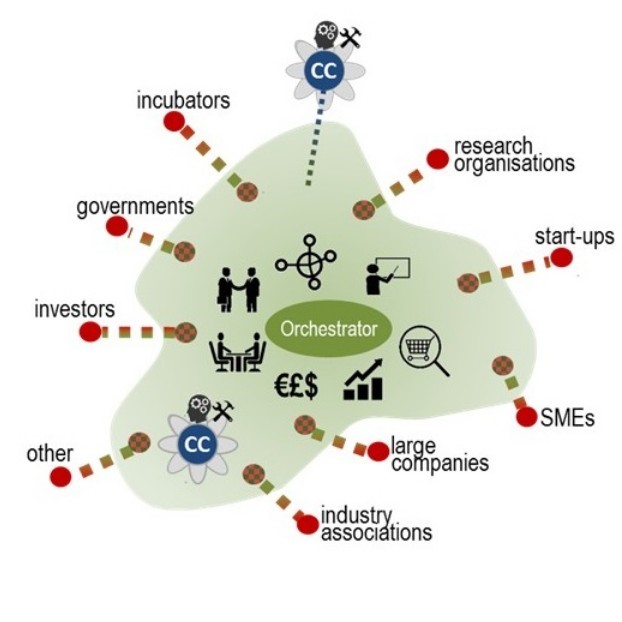First and foremost it is not a research-based programme, but a programme that will contribute to the implementation of digital tools in the public sector in particular for SME (small medium enterprises). DEP is a new programme that builds on the EU's Digital Single Market strategy and aims to support digital transformation in a broad sense. The proposed budget for the programme is € 9.2 billion and is divided between five main areas:
- High Performance Computing (€ 2.7 billion),
- Artificial intelligence (EUR 2.5 billion),
- Cybersecurity & trust (€ 2 billion),
- Digital transformation and interoperability (EUR 1.3 billion) and
- Digital skills (€ 0.7 billion).
The EU programme CEF Telecom and ISA2, which Norway is now a part of, will end in 2020 although our participation will continue in the Digital Europe programme from 2021.
Investments and projects seek to solve societal challenges in health, environment and safety (for example by building supercomputers or by developing artificial intelligence by building test facilities.
Furthermore, the program will finance education and training for advanced digital competence, both for students, SMEs and public institutions.
Is a network. A network that has the goal to help companies (and public organizations) to become more competitive with regard to their business/production processes, products or services using digital technologies.
DIH are based upon technology infrastructure (Competence Centre - CC) and provide the digital infrastructure by offering advanced technical expertise, access to the latest knowledge and information on digital technologies, as well as test facilities such as labs, pilot and experimental facilities, and other technological and scientific infrastructure.

Source: https://s3platform.jrc.ec.europa.eu/digital-innovation-hubs
A DIH is a regional multi-partner cooperation (including organizations like universities, industry associations, chambers of commerce, incubator/accelerators, regional development agencies and even governments) and can also have strong linkages with service providers outside of their region supporting companies with access to their services.

It is the Commission's ambition that all companies should have a DIH within their region, through which they should be able to access competences in order to digitise their organisations and their products and services.
The European Institute of Innovation and Technology (EIT) is an independent EU body. EIT Digital delivers breakthrough digital innovations to the market and is focused on entrepreneurship and is at the forefront of integrating education, research and business by bringing together students, researchers, engineers, business developers and entrepreneurs.
EIT Digital invests in 5 strategic areas to accelerate the market uptake of research-based digital technologies focusing on Europe’s strategic, societal challenges:
- Digital Industry – Improve efficiency in production and retail, to better address customer needs, and to help save natural resources in manufacturing and logistics
- Digital Cities – Deployment of disruptive digital information, mobility and safety services in cities
- Digital Wellbeing – Digital Solutions that help slowing down the growth of healthcare expenses while maintaining the quality of life during working life and at higher age
- Digital Infrastructure – Providing secure, robust, responsive and intelligent communications and computation facilities
- Digital Finance – Create innovative tools and services to help the finance industry’s digital transformation
In my next articles I will focus on the PRACTICAL sides of these initiatives - where do we start and what should we do to increase our chance for participation.




Logg inn for å kommentere
Ikke UiO- eller Feide-bruker?
Opprett en WebID-bruker for å kommentere